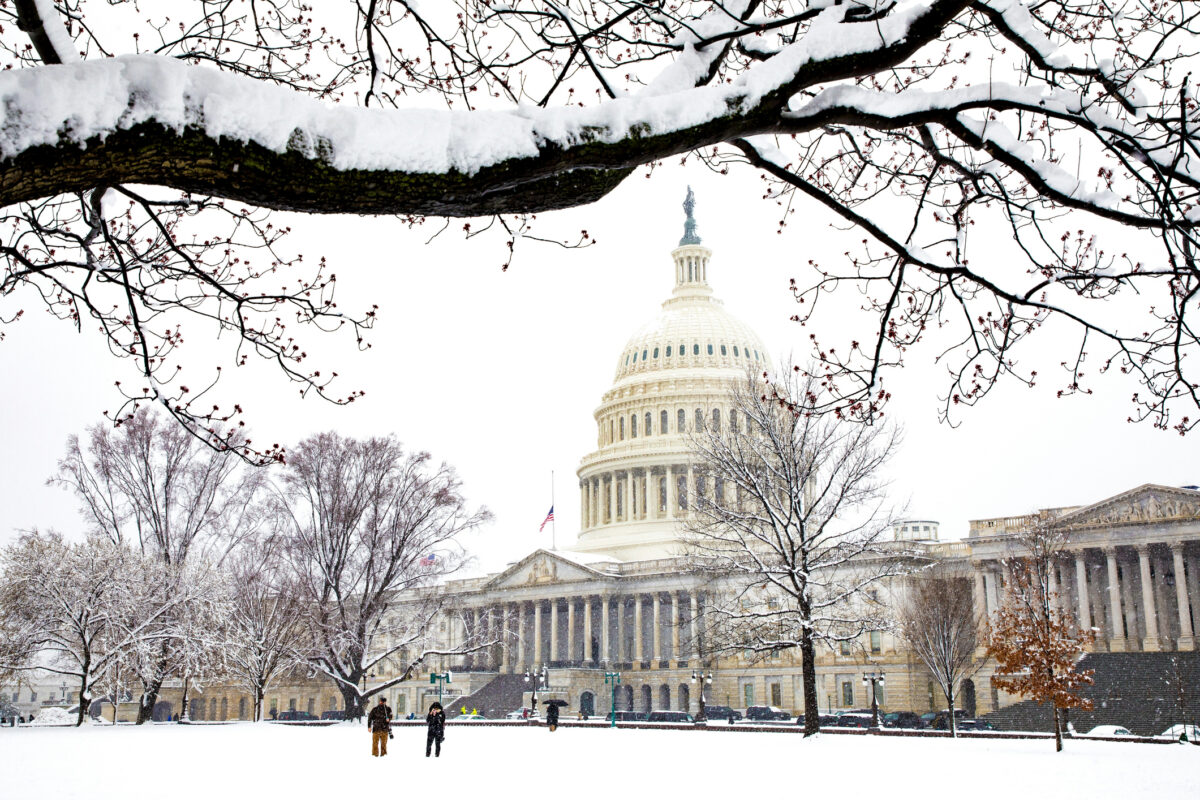New Research Shows More Low-Income Young Adults Begin Their Higher Education Experience at For-Profit Colleges
Published May 13, 2014
Washington, D.C., June 14, 2011—While attention from policymakers, higher education leaders, nonprofit groups, and the business community remains focused on college completion and loan debt, where students start their studies in large part determines the likelihood of completing a degree program and chances of facing long-term financial distress. In a new brief, Portraits: Initial College Attendance of Low-Income Young Adults, experts at the Institute for Higher Education Policy (IHEP) suggest that poverty still matters a great deal in terms of the types of institutions at which young adults are initially enrolling. In particular, they find that low-income students—between ages 18 and 26 and whose total household income is near or below the federal poverty level—are likely to be overrepresented at for-profit institutions and are likely to be underrepresented at public and private nonprofit four-year institutions.
According to the brief, from 2000 to 2008, the percentage of low-income students enrolling at for-profits increased from 13 percent to 19 percent, while the percentage enrolling in public four-year institutions declined from 20 percent to 15 percent. Portraits also includes facts pointing to the significant differences by race and gender as low-income females on the whole were twice as likely as low-income males to start at a for-profit institution. For example, data from the brief show that more Black and Hispanic females from low-income backgrounds started at for-profit institutions than at both public and private four-year institutions combined.
Initial Attendance of Low-income Young Adult Students
- There are 5.5 million more first-year students enrolled in postsecondary education than at the start of the 21st century; two out of every five of whom come from a low-income household
- Nineteen percent of low-income young adults were enrolled at for-profit institutions in 2008, versus 5 percent of their more financially prosperous peers
- Low-income female students from every racial/ethnic group are nearly three times as likely to attend for-profits as their higher-income female counterparts
"It's quite clear, based on our research, that for-profit institutions will be around for some time as they are the fastest growing sector of U.S. higher education," said IHEP President Michelle Asha Cooper, Ph.D. "Therefore, we must ensure that these and other institutions educate low-income students well, and provide them with degrees and credentials that bring about lifetime benefits.”
Portraits: Initial College Attendance of Low-Income Young Adults is part of a publication series from IHEP’s “Changing the Debate” initiative, which is set to bring timely, thought-provoking, and data-driven research and promising interventions to the policy debate. The first brief, A Portrait of Low-Income Young Adults in Education (June 2010), drew from the most recent national data to describe the population of low-income young adults. Subsequent briefs will explore low-income adults’ educational aspirations and academic preparation, movement between institutions, financial aid and borrowing patterns, and, ultimately, educational outcomes.
The Portraits publication series is supported by the Bill & Melinda Gates Foundation. The project findings will contribute to the national discussion about how economic opportunities may not be immediately felt among disadvantaged, and largely understudied, student populations simply by increasing degree completion.
For more information about the Portraits series or to download a free copy of Portraits: Initial College Attendance of Low-Income Young Adults, please visit IHEP’s Web site at www.ihep.org.


